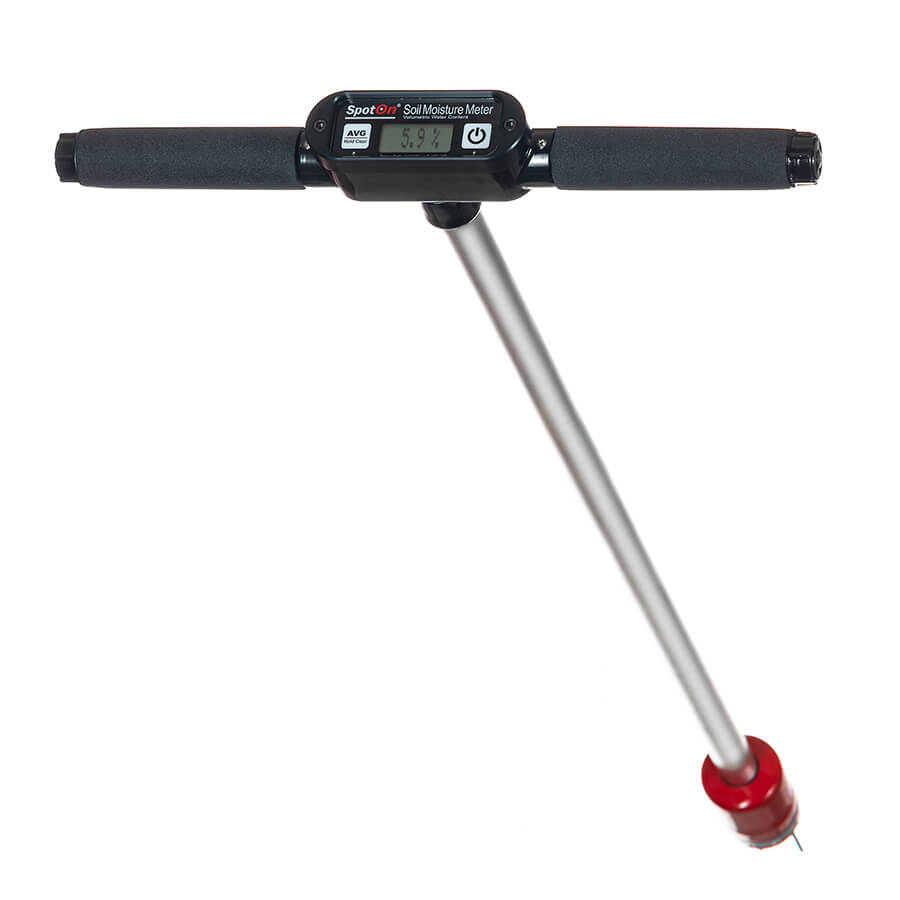Delve Into the Globe of Moisture Meters: Everything You Need to Know
In the realm of moisture meters lies a world of accuracy and functionality that often goes unnoticed. These tools, while seemingly straightforward, hold a wide range of details that can dramatically affect numerous industries and applications. Comprehending just how moisture meters operate, the various types offered, and their varied uses can clarify their importance in making certain high quality and effectiveness. By exploring the intricacies of wetness meters, one can discover a valuable tool that goes beyond simple measurement, using understandings that can make a considerable difference in many fields.
How Moisture Meters Work
Moisture meters run by determining the electric conductivity or capacitance of materials to establish the moisture content existing. These meters are vital devices throughout different markets, including woodworking, building and construction, and farming. By making use of different methods such as pin-type or pinless technology, wetness meters provide precise readings that help professionals make informed decisions.
Pin-type wetness meters function by placing the sharp pins right into the product being evaluated. The electric conductivity in between the pins is then gauged, with higher wetness degrees bring about enhanced conductivity. Moisture Meter. On the various other hand, pinless dampness meters use electromagnetic signals to check a larger area without causing any type of damage to the material's surface area. These meters are suitable for swiftly analyzing wetness degrees in huge areas or ended up products.
Regardless of the technique used, moisture meters play a crucial duty in protecting against problems such as mold and mildew growth, architectural damages, or item flaws brought on by excess moisture. Recognizing how these meters job is vital for making sure the top quality and honesty of materials in numerous applications.
Kinds Of Moisture Meters
Given the important function dampness meters play in various markets, it is important to recognize the various types offered to specialists for accurately examining moisture degrees - Moisture Meter. There are mainly two main kinds of wetness meters: pinless and pin-type moisture meters

On the other hand, pinless wetness meters use electromagnetic sensing unit plates to check a larger area of the product without triggering any kind of damages. This kind appropriates for rapidly scanning big locations and is commonly used for flooring, wall surfaces, and ceilings. Pinless meters are practical for taking readings on finished surfaces without leaving any type of visible marks.
Both sorts of wetness meters have their advantages and are selected based on the pop over to these guys particular demands of the job available. Understanding the distinctions between these kinds is important for professionals to make precise wetness evaluations.
Applications Across Industries
Construction experts depend on wetness meters to assess the dampness degrees in structure products like timber, drywall, and concrete, which is important for preserving architectural honesty and preventing concerns like rot or mold. The floor covering industry utilizes moisture meters to measure the moisture content in subfloors prior to installing various flooring coverings, protecting against expensive damages due to excess dampness. In the food industry, dampness meters are made use of to keep an eye on and control moisture levels in items such as grains, nuts, and dried fruits to preserve quality and quality.
Tips for Using Wetness Meters
Utilize the dampness meter's calibration settings to guarantee precise readings when measuring the moisture web content in different materials. In addition, make sure the meter is set to the right wetness variety for the material you are gauging to acquire the most precise outcomes.
When making use of a pin-type wetness meter, put the pins to the appropriate deepness recommended for the product being evaluated. This makes certain that the dampness analyses are drawn from the correct depth within the product, giving an extra exact depiction of its moisture material. For pinless dampness meters, bear in mind to maintain proper contact with the product's surface area to obtain trusted analyses.
Consistently inspect and replace the batteries in your moisture meter to protect against inaccurate analyses due to low power. Store the meter in a completely dry and safe area when not in usage to lengthen its life expectancy and maintain its precision. By adhering to these ideas, you can make the most of the performance of your wetness meter and obtain precise moisture material measurements throughout various products.
Maintenance and Calibration
To ensure the precision of great post to read moisture content measurements, normal maintenance and calibration of the dampness meter are essential actions in its correct functioning. Calibration adjusts the moisture meter to make sure that it offers trusted and constant results.
Calibration must be performed occasionally, particularly if the wetness meter is made use of frequently or in crucial applications where accurate measurements are called for. By adjusting this the wetness and maintaining meter regularly, users can trust the precision of the wetness material measurements acquired.
Final Thought

To conclude, moisture meters play an important duty in numerous industries by properly determining the moisture content of products. Comprehending exactly how these gadgets function, the different kinds offered, and proper upkeep and calibration are necessary for getting trusted outcomes. Whether in production, construction, or farming, making use of dampness meters aids guarantee quality assurance and efficiency in procedures.

In conclusion, moisture meters play an essential function in different industries by properly determining the wetness material of products.